A Groundbreaking Drone Flight
In an unprecedented technological feat, a drone barely larger than a human hand ventured into the heart of one of Fukushima Daiichi’s crippled reactors. This bold step, taken on a Wednesday, marks a significant milestone in the ongoing efforts to tackle the aftermath of the catastrophic failure that beset the nuclear facility in March 2011. The tiny aerial vehicle, part of a quartet designed for this mission, aims to shed light on the condition of molten nuclear fuel in areas previously unreachable by human or robotic means, reports AP News.
The Backdrop of Controversy
Simultaneously, Tokyo Electric Power Company Holdings (TEPCO) initiated the release of the fourth batch of treated and diluted radioactive wastewater into the ocean, a move that continues to stir controversy. Despite assurances from the government and TEPCO of the water’s safety and oversight by the International Atomic Energy Agency, the decision has met with stiff opposition from local fishing communities and prompted a ban on Japanese seafood by China.
The Challenge of Decommissioning
The disaster that unfolded over a decade ago, triggered by a devastating earthquake and tsunami, left the plant’s power and cooling systems in ruins, leading to the meltdown of three reactors. The daunting task of decommissioning the site, including the removal of a staggering amount of highly radioactive fuel, has been plagued by delays and technical challenges. The lack of comprehensive data on the state of the reactors has been a significant obstacle in formulating a plan to safely remove the melted fuel.
Technological Innovation to the Rescue
In response, TEPCO has deployed various probes over the years, facing setbacks from debris, high radiation levels, and navigational difficulties. The introduction of drones, however, represents a new frontier in the quest for critical information. These drones, each a compact square frame equipped with a high-definition camera, are designed to maneuver through the wreckage with minimal disturbance, sending back live video and images to help assess the damage and plan future probes.
A Step Forward
This drone mission, culminating from months of preparation and training, is set to provide valuable insights into the reactor’s condition. The initial flights aim to inspect the exterior of the reactor’s main structural support, with hopes to venture further into previously inaccessible areas. The data collected will not only aid in the development of technology for future exploration and debris removal but also enhance our understanding of the events leading to the meltdown.
The Long Road Ahead
With approximately 880 tons of radioactive fuel still inside the reactors, the road to decommissioning Fukushima Daiichi is long and fraught with uncertainty. Critics argue that the government and TEPCO’s cleanup timeline of 30 to 40 years may be overly optimistic, given the unique challenges each reactor presents. The recent delay in removing a small sample of debris using a robotic arm underscores the complexities of the task at hand.
The deployment of a drone within the confines of a damaged Fukushima reactor opens a new chapter in the saga of the plant’s decommissioning. This innovative approach not only represents a leap forward in technological application but also embodies the persistent human spirit to overcome adversity. As we stand on the precipice of unknown challenges, the lessons learned from Fukushima will undoubtedly shape the future of nuclear safety and disaster management.
The featured image is for illustration purposes only.



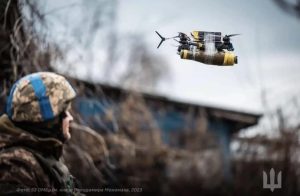


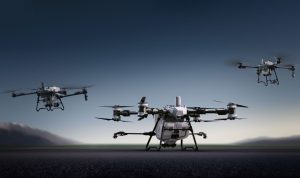

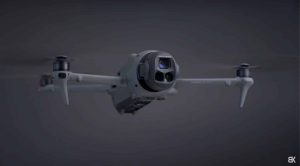





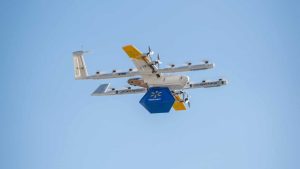

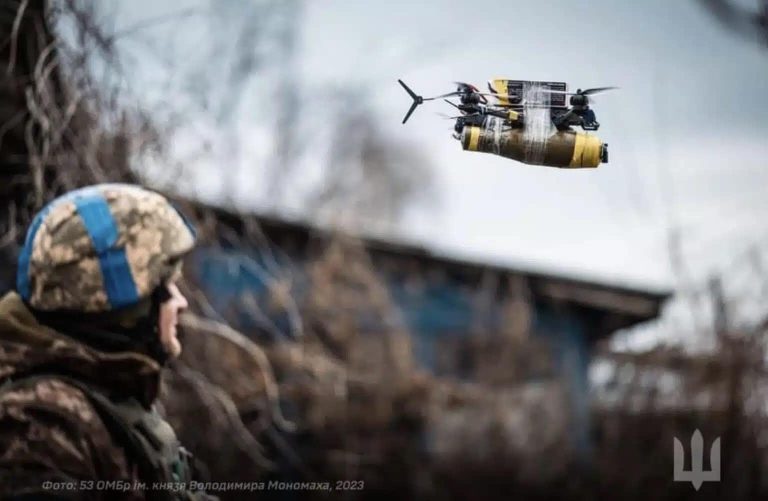



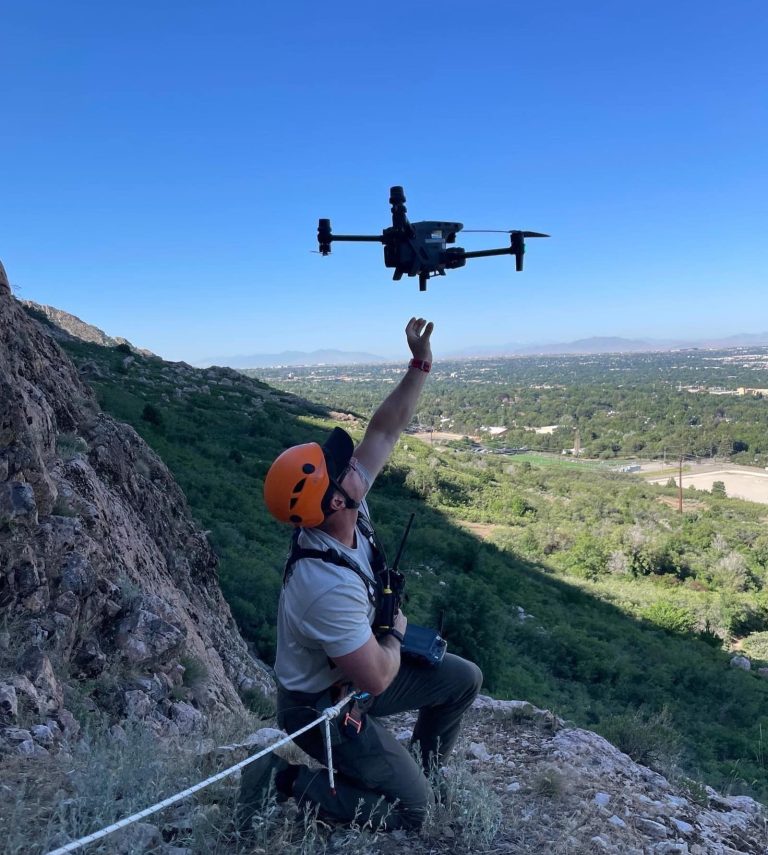
+ There are no comments
Add yours